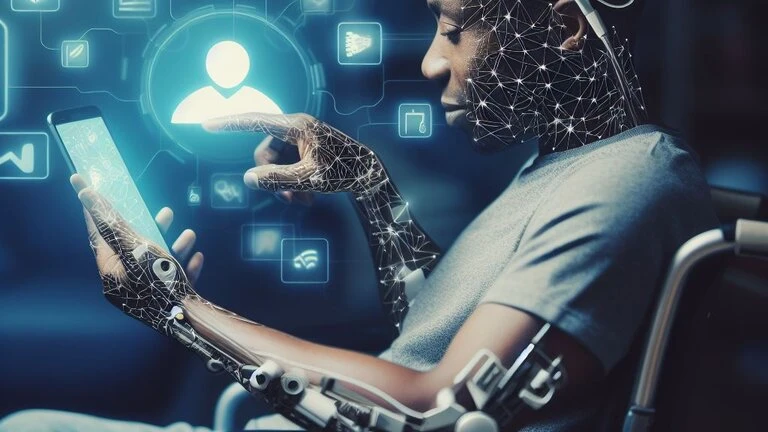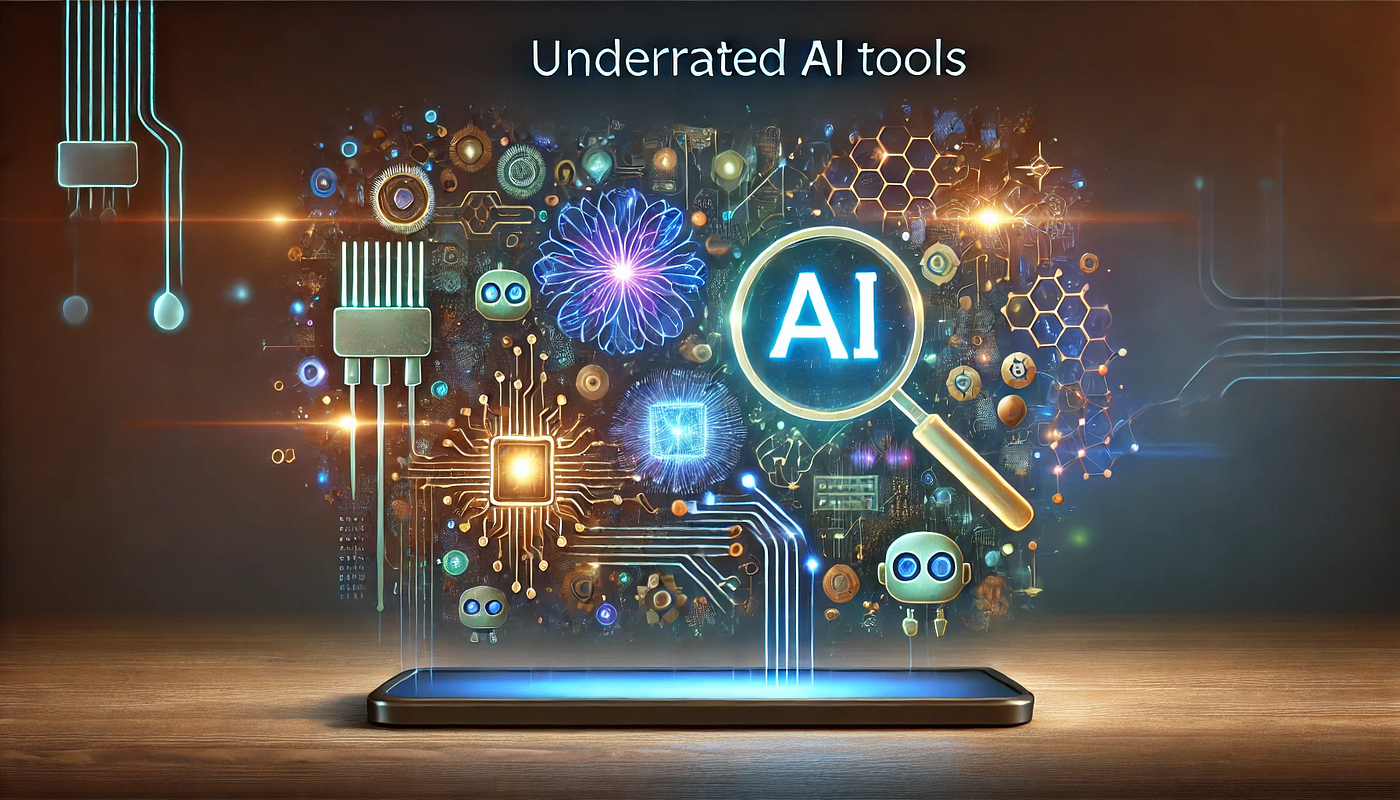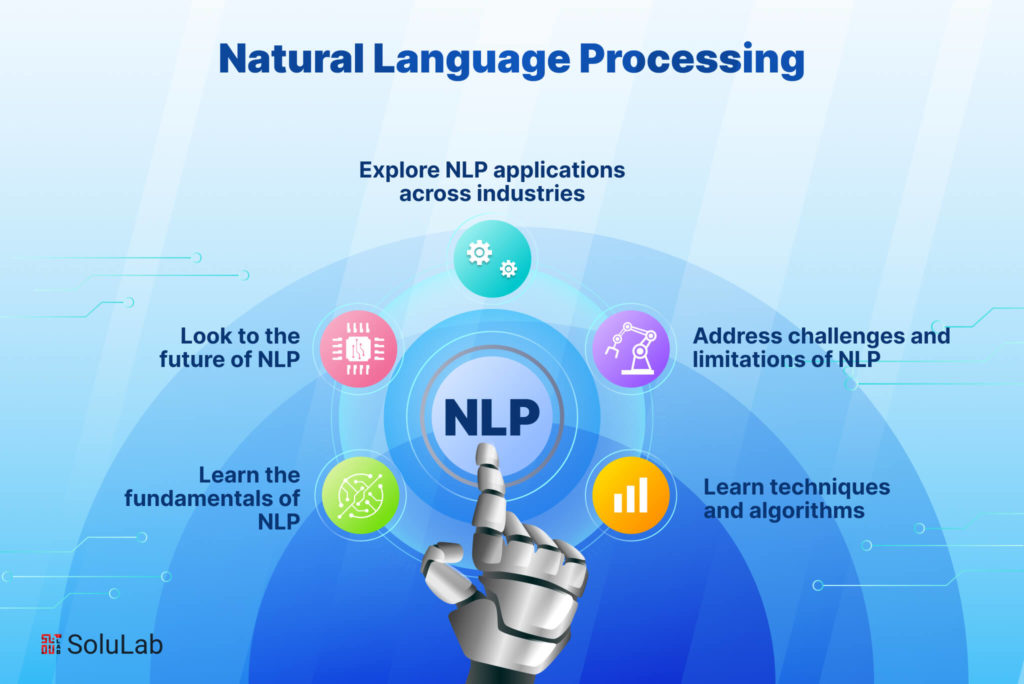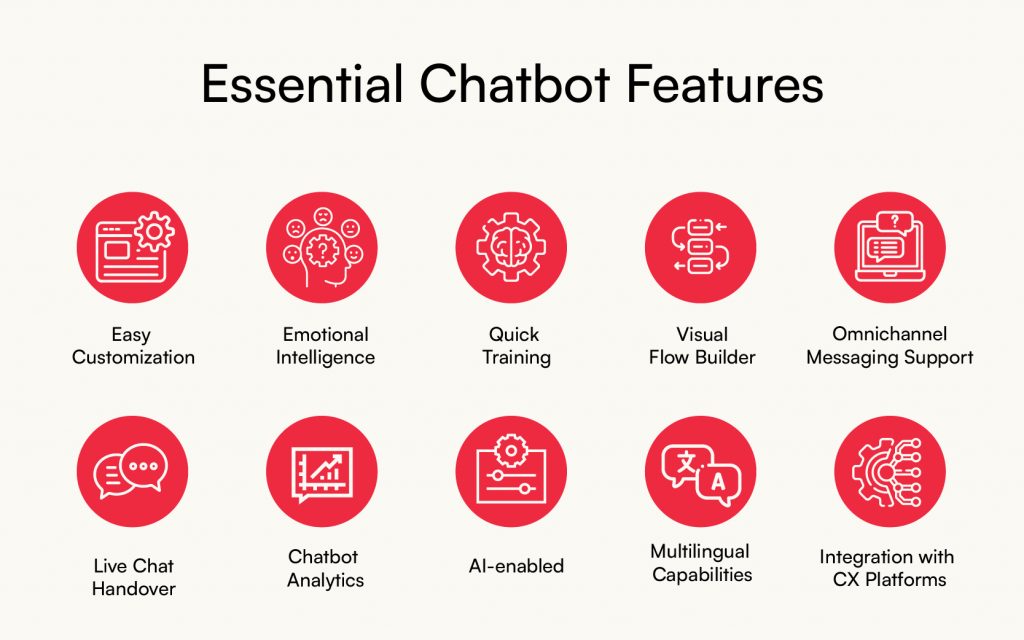Test AI on YOUR Website in 60 Seconds
See how our AI instantly analyzes your website and creates a personalized chatbot - without registration. Just enter your URL and watch it work!
1. Introduction to AI and Accessibility
This blog explores the impact of AI on accessibility, key innovations, and how AI-powered tools are transforming the lives of millions worldwide.

2. How AI is Enhancing Accessibility
Speech Recognition and Voice Assistants
AI-powered voice recognition tools, such as Google Assistant, Amazon Alexa, and Apple’s Siri, enable users with mobility impairments to control devices using voice commands.
AI-driven transcription services, like Otter.ai and Rev, convert spoken language into text, benefiting individuals who are deaf or hard of hearing.
AI-Powered Screen Readers and Text-to-Speech Technology
Advanced screen readers, such as JAWS and NVDA, use AI to help visually impaired individuals access digital content.
AI-powered text-to-speech (TTS) software allows those with reading disabilities to convert text into natural-sounding speech.
Computer Vision and Object Recognition
AI applications like Seeing AI (by Microsoft) and Google Lookout help visually impaired individuals identify objects, read text, and describe their surroundings through smartphone cameras.
Facial recognition and gesture-based controls enable individuals with limited mobility to interact with devices hands-free.
AI in Smart Home and Assistive Devices
AI-driven automation in smart homes allows users to control lights, thermostats, and appliances with voice commands or mobile apps.
Wearable assistive devices, such as AI-powered hearing aids and smart glasses, enhance mobility and communication for people with sensory impairments.
3. AI in Education and Learning Accessibility
AI Tutors and Learning Platforms: Platforms like Khan Academy and Duolingo use AI to tailor learning experiences to individual needs.
Speech-to-Text and Reading Assistance: AI-driven apps like Microsoft Immersive Reader help students with dyslexia and other learning challenges.
Automated Captions and Translations: AI-powered captioning tools, such as Google Live Transcribe, provide real-time subtitles for lectures and presentations.
4. AI in Employment and Workplace Accessibility
AI-Powered Hiring Tools: AI-driven recruitment software ensures fair hiring practices by eliminating bias in candidate screening.
Adaptive Workspaces: AI-powered ergonomic solutions adjust work environments based on an employee’s needs.
Remote Work Assistance: AI chatbots and virtual assistants help employees with disabilities navigate digital workspaces more efficiently.
5. Challenges and Ethical Considerations
Bias in AI Models: AI algorithms can reflect biases present in their training data, leading to inaccuracies in speech and facial recognition for diverse users.
Affordability and Accessibility: Many AI-powered assistive technologies remain expensive, limiting access for those who need them the most.
Data Privacy Concerns: AI-driven accessibility tools often require collecting personal data, raising concerns about security and privacy.
6. The Future of AI in Accessibility
Emotion Recognition AI: AI-powered tools that detect emotions through facial expressions and voice tones to assist individuals with autism.
Brain-Computer Interfaces (BCI): AI-driven BCIs that enable individuals with severe mobility impairments to control devices using brain signals.
More Affordable AI Solutions: Increased accessibility through open-source AI projects and government-supported initiatives.






